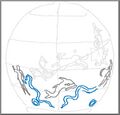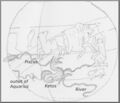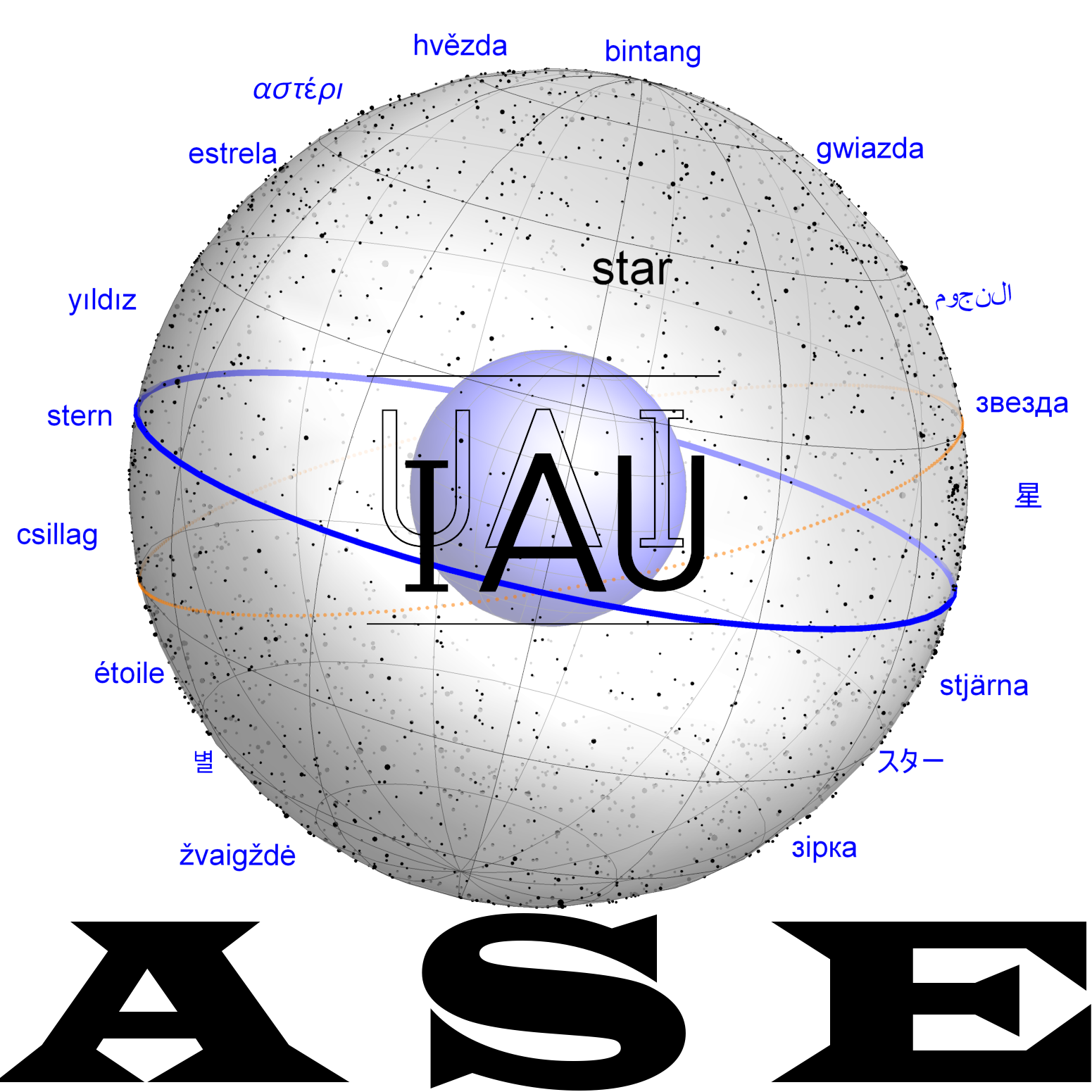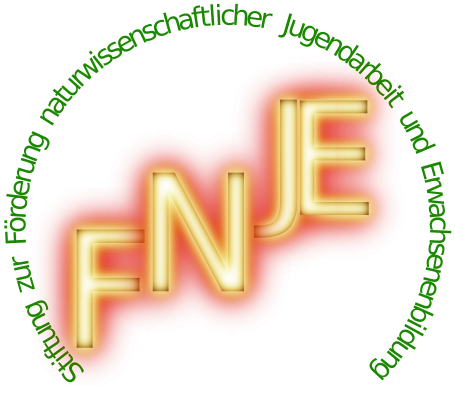Cetus
One of the 88 IAU constellations. It is related to the group of constellations around the constellation Andromeda and highly likely originates from the Mediterranean coast, definitely not from Mesopotamia (as this region was covered by the constellation SIM.MAH). There is a comprehensive paper on this constellation.[1]
Etymology and History
The Greek name κῆτος (ketos) does not in any case refer to a real animal, but only to a mythological creature. Its Latinized version "cetus", however, may also designate a whale. "Though archaeological findings of whale remains are uncommon in Greece, there exist few examples of ancient whalebones in the Aegean Sea, probably originating from stranded whales. ... Combined with archaeological artifacts as the bones of prehistorical giant sea creatures in the Wādī al-Ḥītān (Valley of Whales) in today's Egypt, this might have triggered traveller's imagination and have led to further stories (and cock-and-bull story)."[1]
Origin of Constellation
The Greek constellation probably originates from the east coast of the Mediterranean as the mythology of this seamonster either includes it in the tale of princess Andromeda threatened by a seamoster and rescued by the hero Perseus, or princess Hesione exposed to another seamonster and rescued by Hercules. The Andromeda saga is related to a rock in the ancient habour of Old Jaffa (Tel Aviv) while Hesione is a princess of Troy (Anatolia). In both cases, the seamonster is home to the Mediterranean.
As this constellation does not have a Babylonian equivalent, we suspect that it was taken from another culture in order to diversify the sky culture in Alexander's new empire.
Babylonian
Greco-Roman
Aratos
Eratosthenes
Hipparchus
Geminos
Almagest Κῆτος
| id | Greek
(Heiberg 1898) |
English
(Toomer 1984) |
ident. |
|---|---|---|---|
| Κήτους ἀστερισμόρ | |||
| 1 | ὁ ἐπ’ ἄκρου τοῦ μυκτῆρος | ||
| 2 | τῶν ἐν τῷ ῥύγχει ἢ ὁ ἑπόμενος ἐπ’ ἄκρας τῆς σιαγόνος | ||
| 3 | ὁ μέσος αὐτῶν καὶ ἐν μέσῳ τῷ στόματι | ||
| 4 | ὁ προηγούμενος τῶν ν’ καὶ ἐπὶ τῆς γένυος | ||
| 5 | ὁ ἐπὶ τῆς ὀφρόος καὶ τοῦ ὀφθαλμοῦ | ||
| 6 | ὁ τούτου βορειότερος ὡς ἐπὶ τῆς τριχός | ||
| ὁ τούτων προηγούμευος ὡς ἐπὶ τῆς χαίτης | |||
| τοῦ ἐῃ τῷ στήθει τετραπλεύρου τῆς ἠγουμένης πλευρᾶς ὁ βόρειος | |||
| ὁ νότιος τῆς ἠγουμένης πλευρᾶς | |||
| τῆς ἐπομένης πλευρᾶς ὁ βόρειος | |||
| ὁ νότιος τῆς ἐπομένης πλευρᾶς | |||
| τῶν ἐν τῷ σώματι ἢ’ ὁ μέσος | |||
| ὁ νότιος αὐτῶν | |||
| ὁ βόρειος τῶν τριῶν | |||
| τῶν πρὸς τῷ παρούρῳ β ὁ ἐπόμενος | |||
| ὁ προηγούμευος αὐτῶν | |||
| τοῦ ἐν τῷ παρούρῳ τετραπλεύρου τῆς ἐπομένης πλευρᾶς ὁ βόρειος | |||
| ὁ νότιος τῆς ἐπομένης πλευρᾶς. | |||
| τῆς προηγουμένης πλευρᾶς ὁ βόρειος | |||
| ὁ νότιος τῆς προηγουμένης πλευρᾶς | |||
| τῶν ἐν ἄκροις τοῦς οὐραίοις ᾑ ὁ ἐπὶ τοῦ βορείου. | |||
| ὁ ἐπ’ ἄκρου τοῦ φοτίου οὐραέου | |||
| ἀστέρες πβ, ὥν γ’ μεγέδους ἰ, δ’ ἢ, εἱ δ. |
Transfer and Transformation of the Constellation
Greek Mythology
Weblinks
- Ridpath, Ian, “Star Tales: online edition”.











